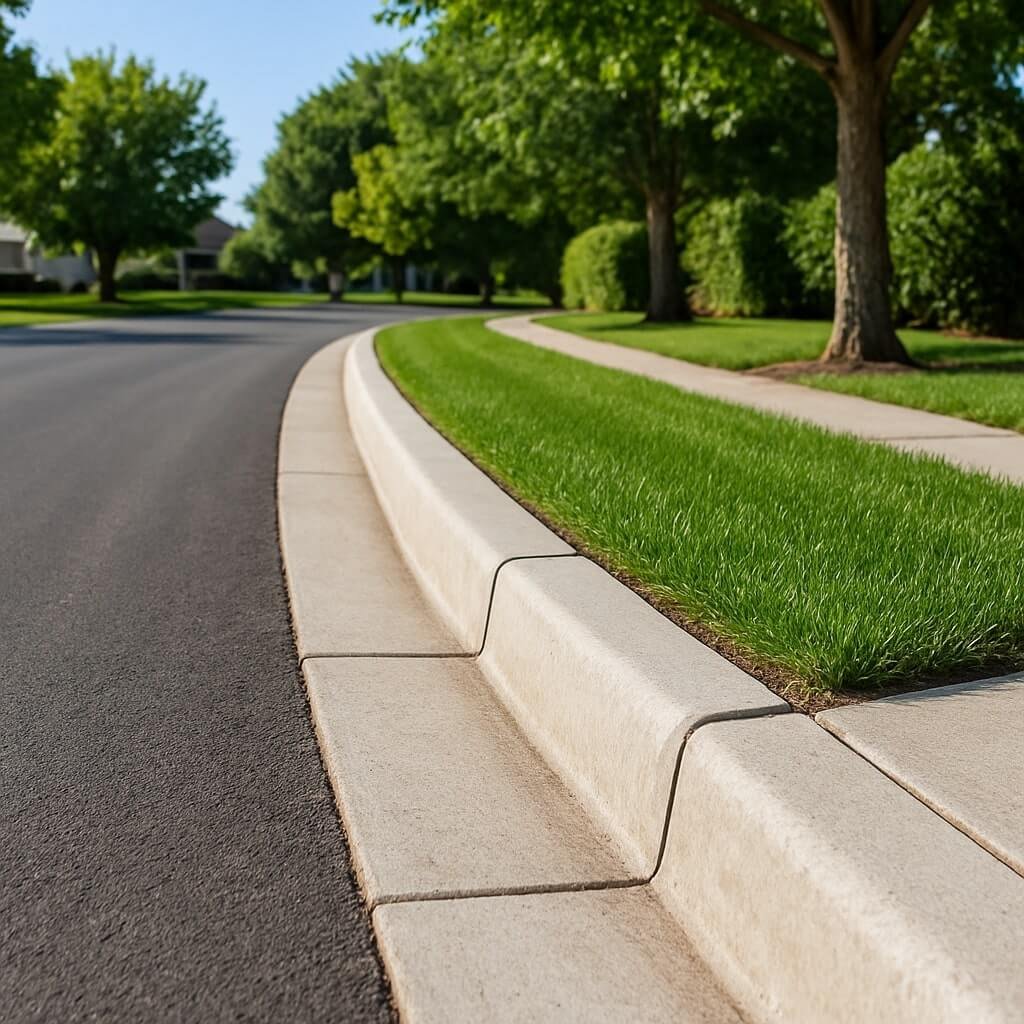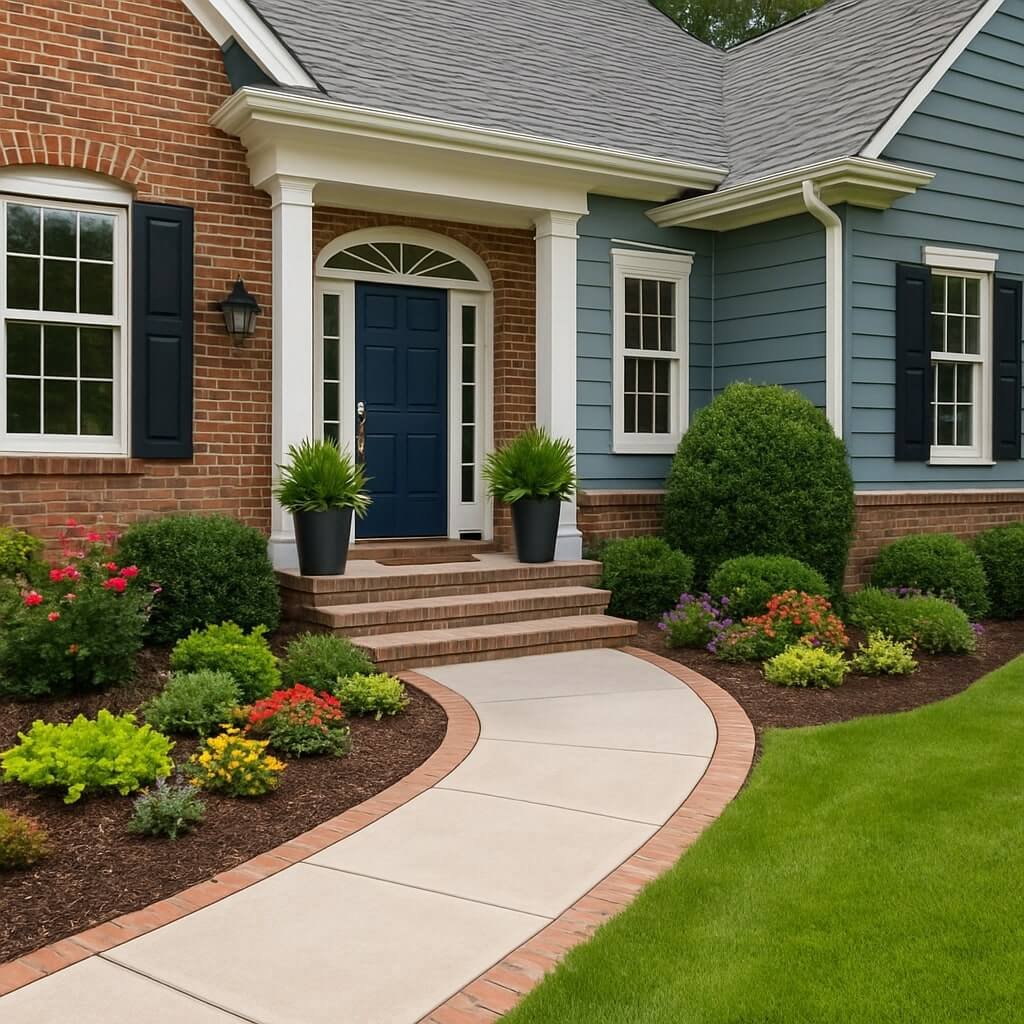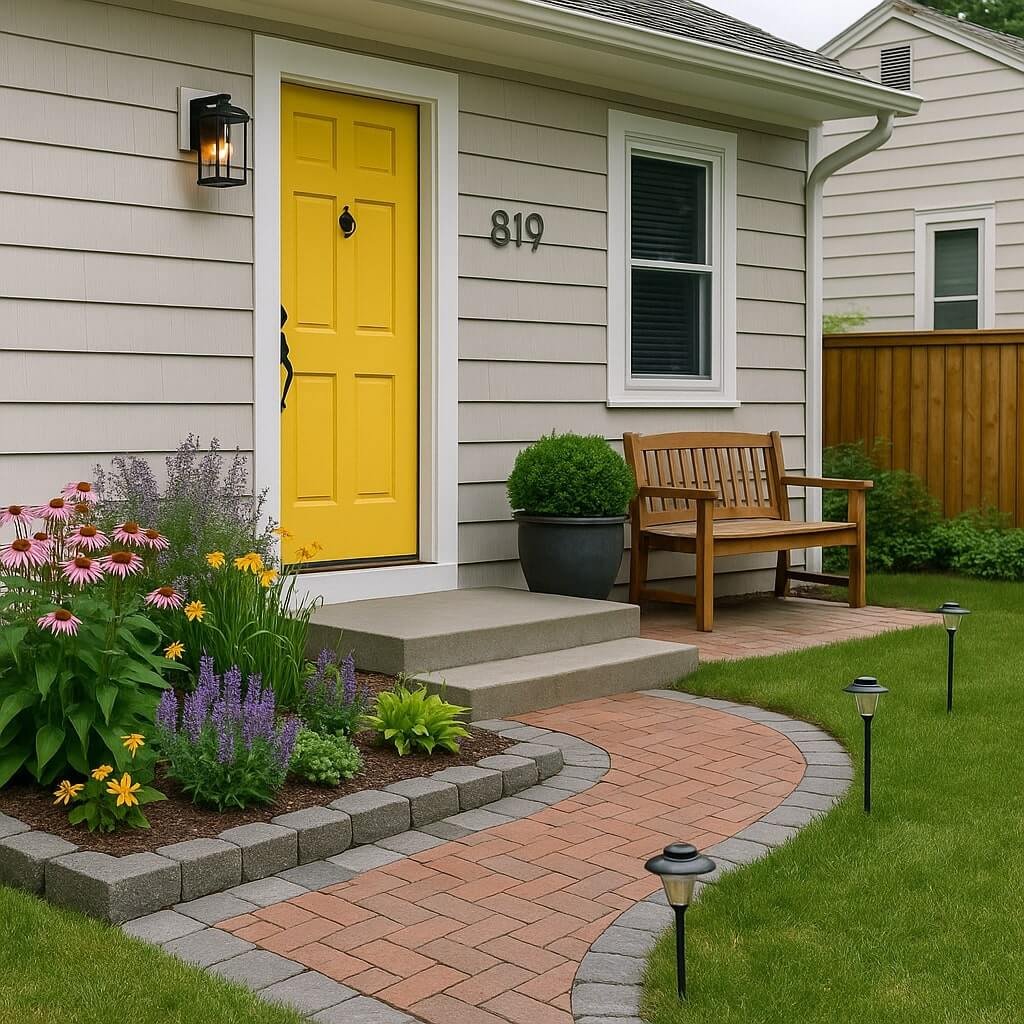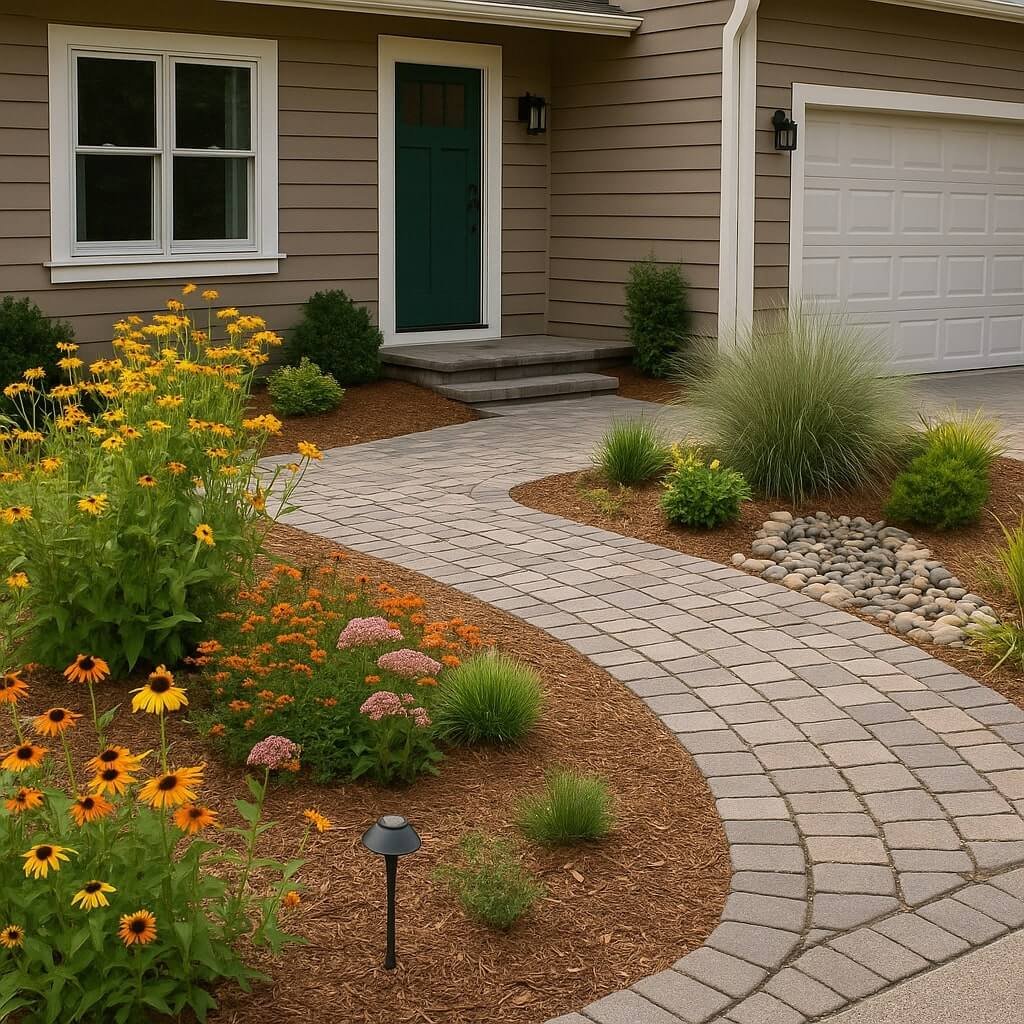Maintaining your improved curbs doesn’t just protect your property—it enhances its appeal, ensures long-term durability, and can even save you money in the long run. In this ultimate guide, we’ll walk you through everything you need to know to keep your curbs in excellent condition.
Your property’s curb is more than just a boundary—it’s the first impression visitors and potential buyers get. Keeping your curbs well-maintained requires a combination of regular inspection, proper cleaning, timely repairs, and preventive care. This guide will serve as your comprehensive resource for curb maintenance.
The Importance of Curb Maintenance
First impressions matter. Clean, well-maintained curbs contribute significantly to the overall look of your home or business. A tidy curb suggests a well-cared-for property, which is especially important if you’re considering selling or leasing.
Preventing Structural Damage
Cracks, chips, and erosion can lead to more severe structural problems if not addressed early. Regular maintenance helps spot and fix these issues before they escalate into expensive repairs.
Increasing Property Value
A well-maintained exterior boosts property value. Prospective buyers are more likely to offer better prices when they see that every detail, including the curbs, has been cared for properly.
Routine Inspection Practices
Visual Inspections
Perform simple visual checks monthly. Look for cracks, chips, discoloration, and any signs of shifting or settling. Early detection makes repairs simpler and cheaper.
Professional Assessments
At least once a year, hire a professional to conduct a thorough assessment. They can identify issues not visible to the untrained eye, such as subsurface erosion or improper slope drainage.
Cleaning Your Curbs Properly
Regular Sweeping
Debris like leaves, dirt, and trash can accumulate quickly. Sweeping your curbs weekly prevents buildup that can cause staining or block drainage systems.
Pressure Washing
Every few months, use a pressure washer to remove deep-seated grime, mold, or mildew. Make sure to use the appropriate PSI setting to avoid damaging the surface.
Stain Removal Techniques
For oil stains, use a degreaser specifically designed for concrete. For rust stains, a mixture of lemon juice and baking soda can work wonders. Always test in a small area first to avoid discoloration.
Repairing Minor Damages
Filling Cracks
Small cracks should be filled immediately using a concrete crack filler. Clean the crack thoroughly before applying the filler to ensure proper adhesion.
Repainting and Sealing
Repaint your curbs as needed, especially if they are color-coded for safety or parking regulations. Apply a sealant annually to protect against moisture, UV rays, and temperature fluctuations.
Seasonal Maintenance Tips
Winter Preparations
Before winter hits, check for existing damage and make necessary repairs. Use ice melt products that are safe for concrete to prevent freeze-thaw damage.
Summer Care
Extreme heat can cause expansion and cracks. Water your curbs lightly during heat waves to keep them cool and minimize stress.
Preventing Plant and Root Damage
Roots from nearby trees and shrubs can cause uplift and cracking. Install root barriers and keep vegetation trimmed to minimize root encroachment.
Managing Water Drainage
Poor drainage leads to erosion and structural issues. Make sure gutters and downspouts direct water away from the curb. Installing French drains may be necessary in areas with heavy rainfall.
Eco-Friendly Maintenance Solutions
Use biodegradable cleaners and avoid harsh chemicals that can leach into the soil. Consider permeable curbs that allow water to pass through, reducing runoff and promoting groundwater recharge.
Tools and Products for Effective Maintenance
- Concrete Crack Fillers
- Eco-Friendly Degreasers
- Pressure Washers
- Sealing Compounds
- Soft-Bristled Brooms
- Safety Gear (Gloves, Eye Protection)
Investing in quality tools can make your maintenance routine more efficient and effective.
Professional Services vs DIY Maintenance
While many tasks can be handled personally, hiring professionals ensures more thorough care. They have specialized equipment and expertise that can save you time and money in the long run.
| Task | DIY | Professional |
|---|---|---|
| Sweeping | ✅ | ✅ |
| Pressure Washing | ✅ | ✅ |
| Crack Filling | ✅ | ✅ |
| Major Repairs | 🚫 | ✅ |
| Annual Inspection | 🚫 | ✅ |
Cost Analysis of Long-Term Maintenance
| Task | Frequency | Approximate Cost |
|---|---|---|
| Sweeping | Weekly | $0 (DIY) |
| Pressure Washing | Quarterly | $100-$300/year |
| Sealing | Annually | $50-$150/year |
| Professional Inspection | Annually | $100-$200/year |
| Major Repairs | As Needed | $500+ |
Regular maintenance significantly reduces the risk of costly major repairs.
Common Mistakes to Avoid
- Ignoring small cracks
- Using harsh chemicals
- Skipping seasonal maintenance
- Neglecting drainage issues
- Overlooking professional inspections
Avoiding these mistakes can save you considerable stress and expense.
Frequently Asked Questions
How often should I inspect my curbs?
Conduct monthly visual inspections and schedule a professional assessment annually.
Can I use regular household cleaners on my curb?
It’s better to use cleaners specifically designed for concrete to avoid damage.
What’s the best way to remove oil stains?
Apply a concrete-safe degreaser and scrub gently with a brush. Rinse thoroughly.
Is sealing my curbs necessary?
Yes, sealing provides a protective barrier against moisture and UV damage, extending the lifespan of your curbs.
How do I prevent tree roots from damaging my curbs?
nstall root barriers and plant trees at a safe distance from the curb.
When should I hire a professional?
For major repairs, subsurface issues, or annual inspections, professional help is strongly recommended.
Conclusion
Maintaining your improved curbs may seem like a lot of work, but with regular care and attention, you can keep them looking great and functioning well for decades. Use the tips outlined in this guide to create a simple maintenance routine that saves time, money, and headaches down the road.




